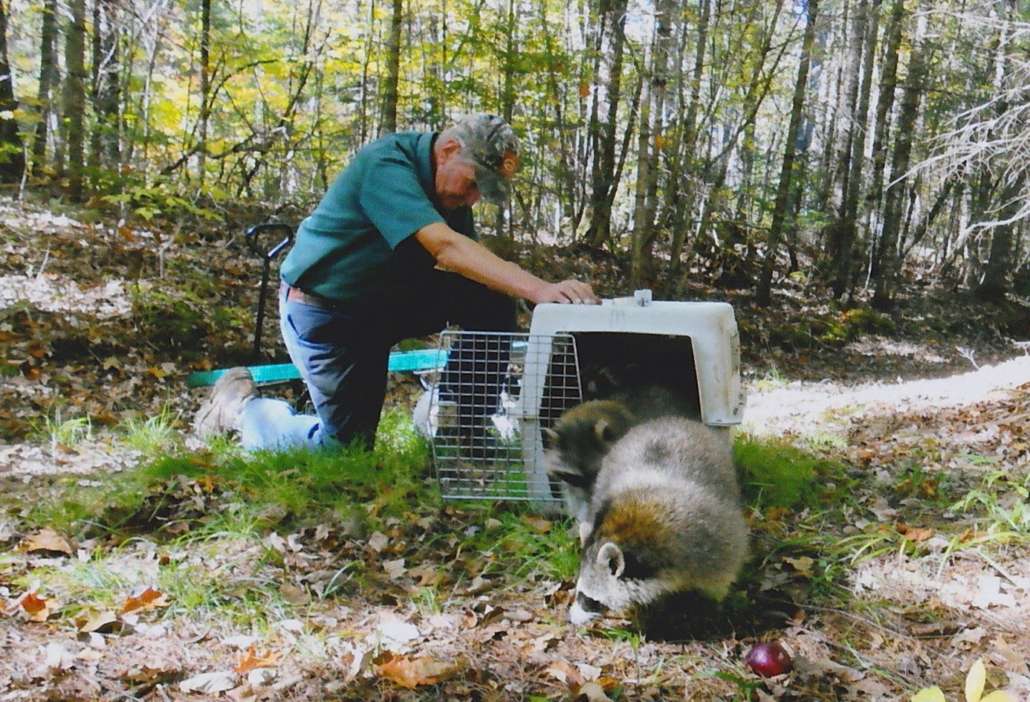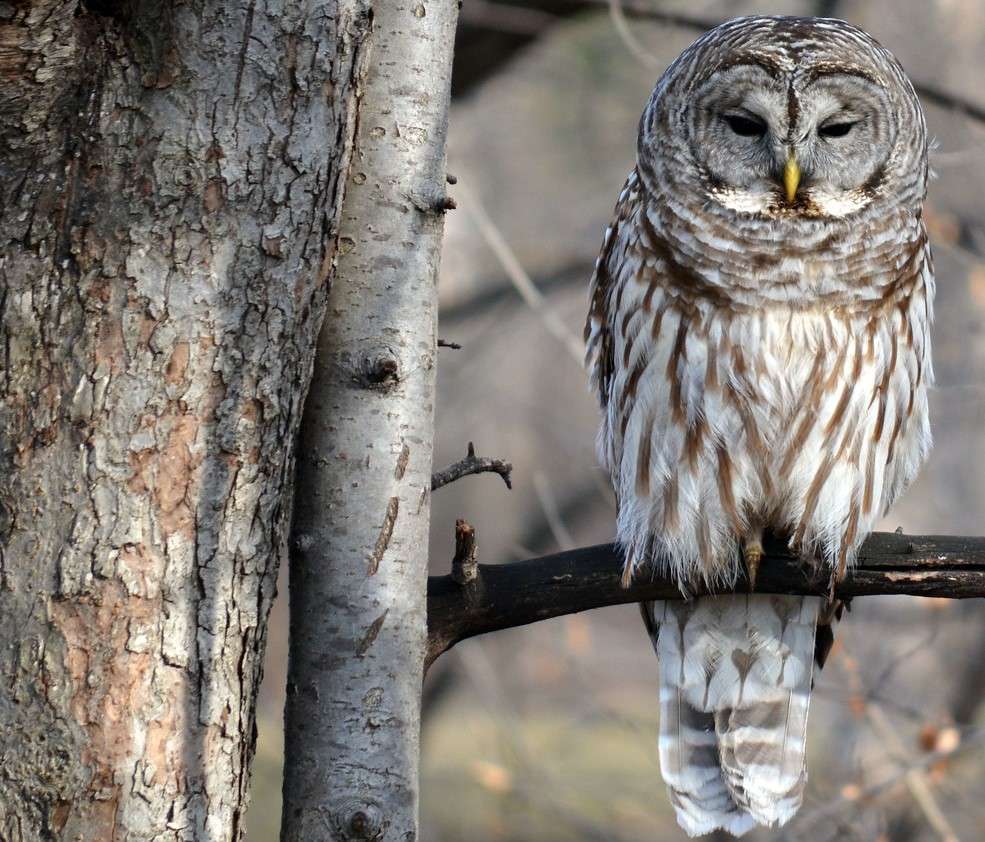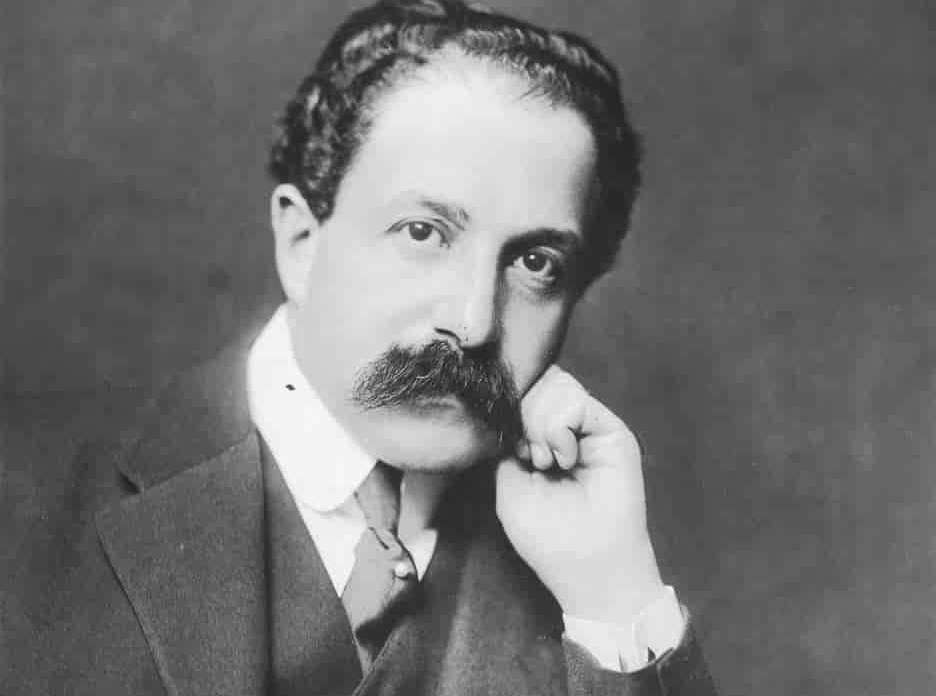I’M JUST CURIOUS: Fall thoughts
 by Debbie Walker
by Debbie Walker
It’s hard for me to wrap my head around the idea of fall. To me, since I am back in Florida, I am still in summer weather. When I got my e-mailed newsletter from Farmer’s Almanac last week, it was about birds. It told about what we could do to help them in the cooler months.
I have wondered about the little hummingbirds and how long to leave their feeder out. From what I read about the little beauties and their feeders; it doesn’t hurt to leave the feeder up until into November. If you are seeing an occasional bird at the feeder, leave the feeder up. When you have not seen any activity, leave it up for a couple more weeks, just in case. I am looking forward to the couple that seem to keep coming back, even the couple at the cottage in Maine.
I also have wondered, do birds become dependent on feeders and lose their foraging skills? The answer is, “no, plus feeders may help birds migrate better.”
Completely off that subject now I have to repeat this little laugh to you. Recently my sister and her daughter were in a store in Waterville. Some nut case came in the store she was in, yelling “Everyone on the floor”. Nothing happened, in fact, they saw him running down the street. My sister said she was definitely scared. She was afraid if she got down on the floor, she wouldn’t be able to get back up!!
Okay, changing the subject again. I don’t have any cast iron pans, so I can’t try this one idea. Maybe you could? In First magazine I read you could use tea bags to rust proof the pans. Wash and dry the pot/pan, then wipe it down with a damp tea bag. It has to do with the tannins in the tea. Good luck.
Those nasty paper cuts are real ouch material. A used tea bag will stop the bleeding, leave on for 30 seconds. The tannic acid promotes clotting and relieves some pain.
I don’t have any real house plants. I have a problem remembering to water them so silk plants are the way for me! They say tuck two or three tea bags in the base of the real plant. When you water the plant, the bags will absorb the water and release when needed.
The First magazine is passing on a beauty tip with the tea bags. I will try this one! If you have puffy eyes. You may rescue them with two tea bags. Steep two tea bags in hot water for five minutes. Squeeze out liquid. Let cool until bags are just warm, apply to the eyes for 15 minutes. Wish me luck.
From our eyes to our feet tea bags look to be helpful. Yes, even our feet. Get rid of smelly feet. If you have the occasion of walking a distance and your feet are sweaty and smelly, you might try the tea bags. Let five tea bags steep in a cup of hot water for 10 minutes. Next, pour the liquid into a basin of tepid water, soak your feet for 30 minutes and then air dry. The tannic acid kills odor causing bacteria.
As I explained earlier, some of this info came from First magazine this month. I enjoy sharing information I get with you. I am just curious how much of it you get to try out. I do some of it but “all” of it just isn’t a fit.
Contact me at DebbieWalker@townline.org with any comments or questions. I’ll be waiting to hear from you. Thanks for reading and have a great week!






















